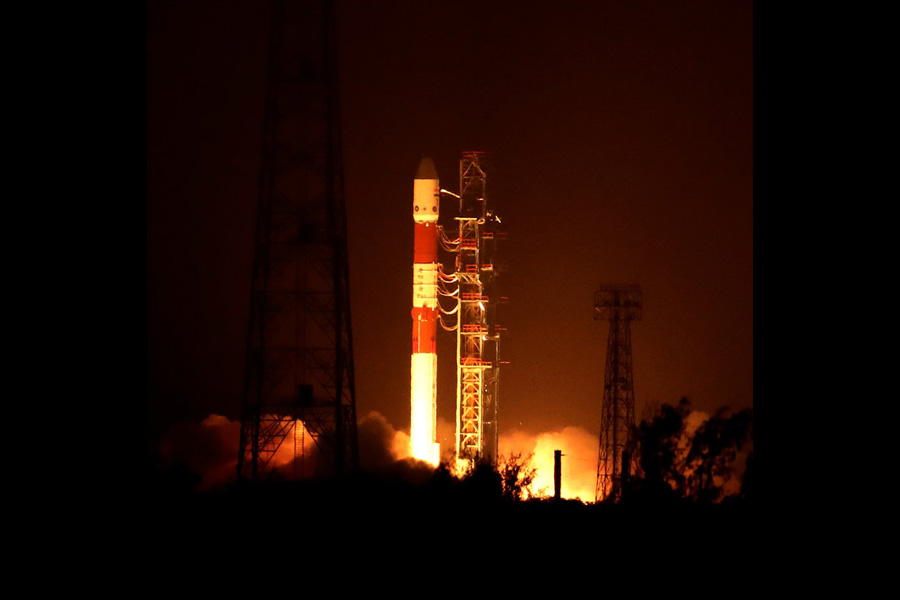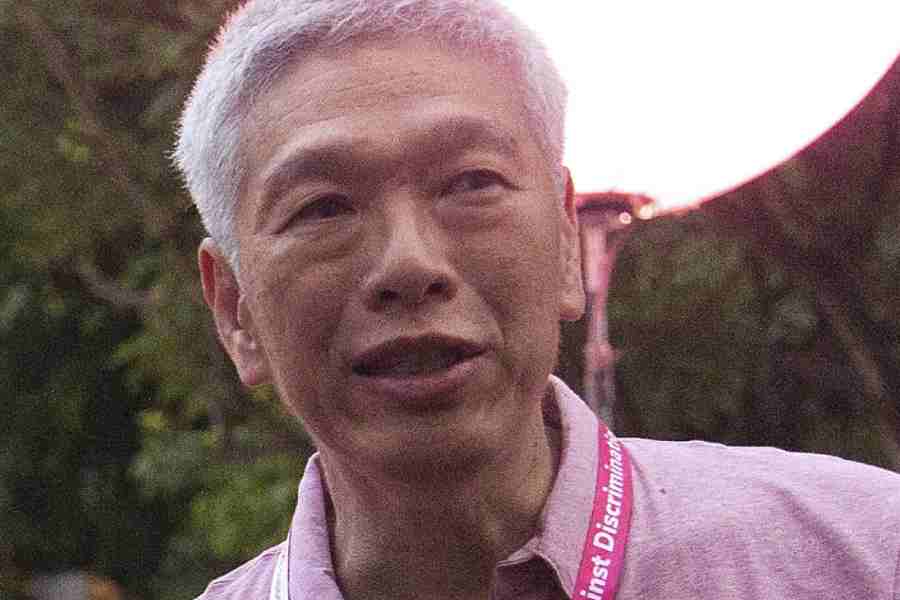India on Sunday recorded 11,929 new coronavirus patients, touching a fresh overnight high amid a chorus of calls to health authorities to acknowledge and address community transmission of the virus wherever it might be occurring.
Community transmission refers to the person-to-person spread of an infection where the source is difficult to trace.
Once community transmission is declared, public health experts say, the focus will shift from containment to mitigation. It means the number of tests can be stepped up, unbridled by stifling central guidelines that some states and doctors have blamed for the low levels of testing.
In the layman’s language, it will mean that attention will be focused on saving lives, not on stamping out the virus by seeking to confine it to a particular area.
Public health experts and infectious disease specialists say that delineating areas witnessing community transmission is critical for the early identification of patients because anyone living there with influenza-like respiratory symptoms should be a “suspected” Covid-19 patient.
Although community transmission has not been declaed anywhere formally, the Union health ministry has already put in place the related guidelines for doctors on the field.
The ministry’s clinical guidelines call on doctors to view patients with influenza-like respiratory symptoms and living in locations “with community transmission” as “suspect” cases of coronavirus disease.
However, under the current national testing strategy recommended by the Indian Council of Medical Research (ICMR), people with influenza-like symptoms can be tested only if they live in a containment zone.
Health officials have asserted that the debate over community transmission centres on definitions and is needless.
But public health experts disagree. “It is not just semantics,” said a senior professor at the All India Institute of Medical Sciences, New Delhi, who requested not to be named.
“In areas with community transmission, the strategy needs to shift from containment to mitigation.”
He added: “Early detection of patients is part of a mitigation strategy where the focus shifts from containment efforts to preparing the healthcare system for patients to ensure that every patient who needs healthcare gets appropriate clinical care.”
“In some containment zones in the capital, this mitigation strategy is quietly already under way,” the professor said.
When the numbers become overwhelming, contact-tracing and isolation become difficult and the focus then has to shift to mitigation.
Sunday’s increase raised the country’s number of confirmed patients to 320,922, of whom 149,348 are under medical supervision, 162,379 have recovered and 9,195 have died. The epidemic’s growth continues, exponentially but unequally distributed.
Three states — Delhi, Maharashtra and Tamil Nadu —account for over 60 per cent of the new infections recorded and the patients under medical supervision.
Public health experts and physicians said the Union health ministry had used this unequal growth and distribution of the epidemic across the country to deny community transmission.
A senior physician and member of the national task force on Covid-19 told The Telegraph that India was a “very large country” and should continue to pursue the containment strategy of testing and isolating patients and providing care to those who need it.
“I can say this — India is not yet in the mitigation phase,” the doctor asserted, requesting not to be named. “But we have already established a large number of dedicated hospitals, isolation beds, oxygen supplies and ventilators for treating patients. We are prepared.”
In a strong statement on Saturday, a doctors’ group accused the ICMR of trying to “hide” information on the extent of the coronavirus infection in the country by compressing the results of a nationwide surveillance into just two numbers.
The ICMR, presenting the preliminary results of the survey, had last week said the infection prevalence rate was 0.73 per cent and the infection mortality rate was 0.08 per cent.
These numbers “hide more than they reveal”, the Progressive Medicos and Scientists Forum (PMSF), a nationwide non-government group of doctors, said.
It said the ICMR had used “fallacious arguments” to deny community transmission.
The survey had looked for signatures of coronavirus infection among asymptomatic people in the 11 hardest-hit cities and 60 districts.
The PMSF, echoing similar concerns expressed earlier by some public health experts, said the aggregate 0.73 per cent infection rate did not provide any meaningful information about the spread of the infection across the country.
The survey had probed infection levels in districts with zero, low, medium and high prevalence of known Covid-19 patients, and public health experts had expected to see variations in the infection levels in the different populations sampled.
“While it (is) agreed that transmission of the virus is not in the same stage throughout the country, it is mischievously dubious to use all-India averages for making misleading claims,” the PMSF said.
Public health experts familiar with the findings had told this newspaper last week that the survey had revealed that 15 to 30 per cent of some sampled populations were infected.
The results would imply that tens of thousands of people across the country have — without knowing it — become infected by the virus.
Three public health professional bodies had last month written to Prime Minister Narendra Modi asserting that community transmission had already established itself in the country.










